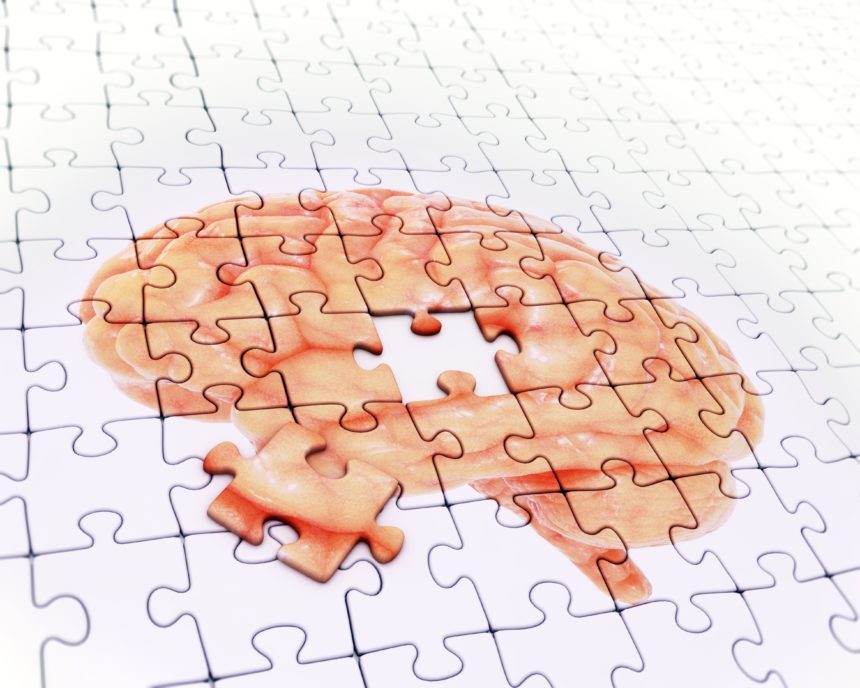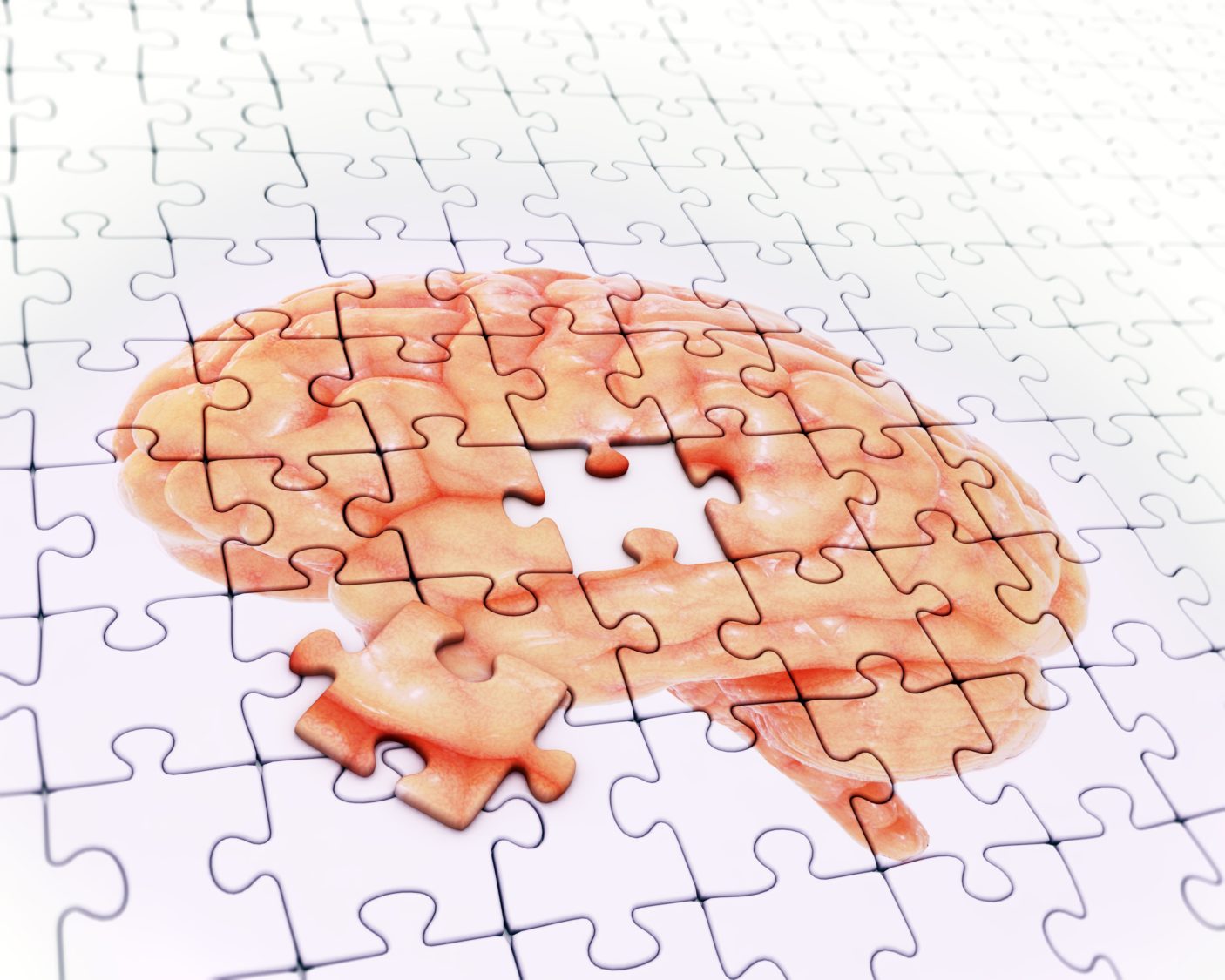
Credit: Getty Images
Cognitive impairment will be the most common disability in the United States in 2022, affecting 13.9% of adults, according to the Centers for Disease Control and Prevention’s annual update to its Disability and Health Data System (DHDS) released last week.
Looking at the broader picture, the HHS said more than one in four U.S. adults, a total of more than 70 million people, will be reported to have a disability in 2022. This comprehensive data, collected through the Behavioral Risk Factor Surveillance System (BRFSS), was further disaggregated to reveal different aspects of the disability prevalence.
Older adults, especially those aged 65 and older, have a higher disability rate at 43.9% compared to other age groups. When examining disability status by race/ethnicity, American Indian or Alaska Natives and those who identify as mixed race or other have the highest disability rates at 38.7%, respectively.
For the first time, the 2022 BRFSS includes data on long COVID, providing insight into the relationship between disability and this still-prevalent health concern. For example, findings show that people with disabilities are more likely to experience long COVID symptoms compared to people without disabilities.
CDC emphasized that while anyone infected with SARS-CoV-2 can get long COVID, certain groups are at higher risk. The agency continues to recommend vaccination as the best prevention measure to prevent severe COVID-19, and is working with various partners to better understand and address the impact of long COVID, especially on people with disabilities.
“These findings underscore the fact that people with disabilities make up a large portion of every community and population,” DHDS explains. “Many of us know someone with a disability or are disabled ourselves, and disability inclusion benefits everyone. As we commemorate the 34th anniversary of the Americans with Disabilities Act on July 26, it’s important to remember that disability is not a health outcome but part of how people experience life, including how they hear, see, move, process information, and care for themselves.”

